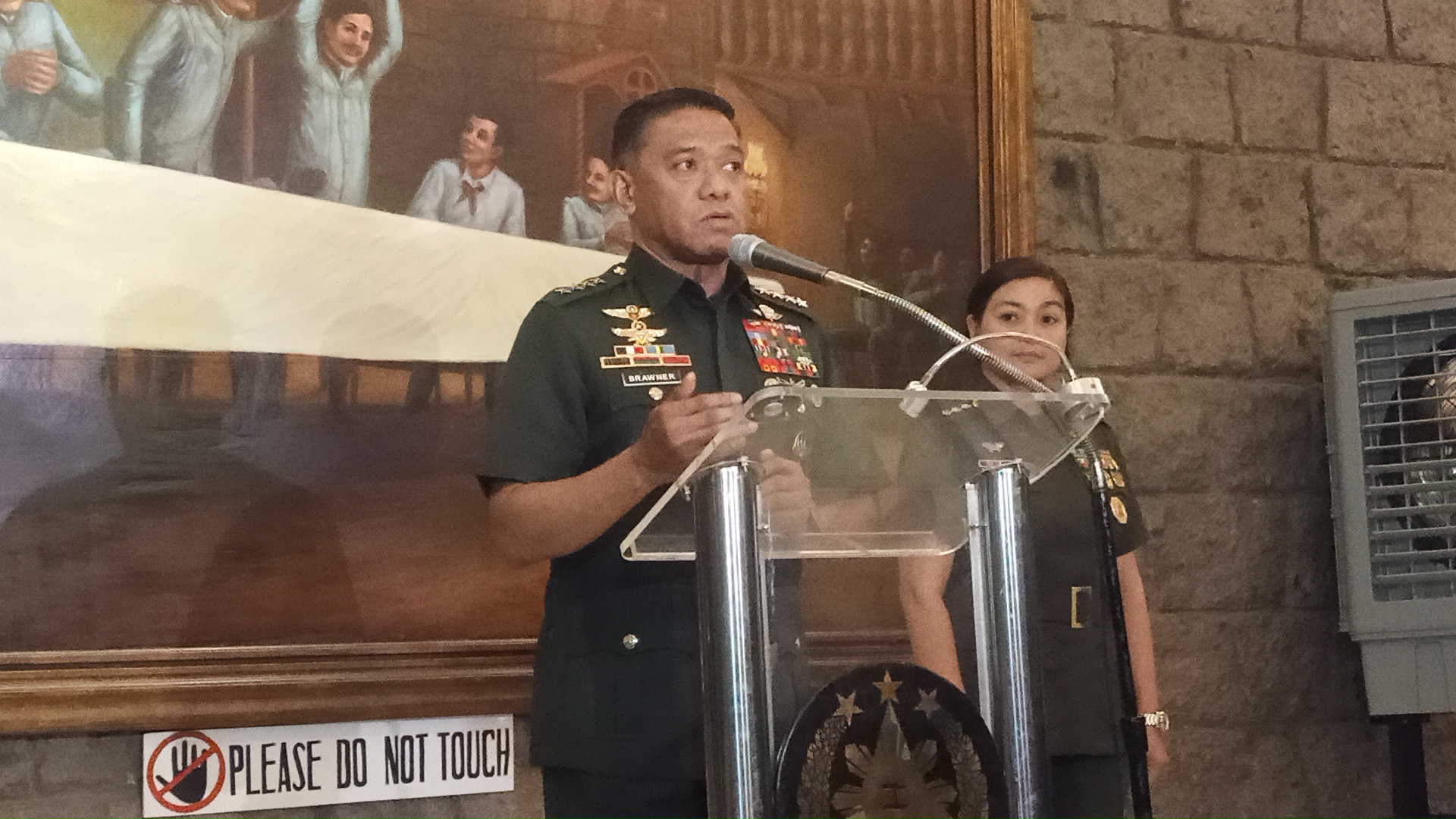
President Ferdinand "Bongbong" Marcos Jr. ordered the Armed Forces of the Philippines (AFP) to reconfigure its strategies when dealing with the different threats faced by the country.
This was shared by AFP Chief of Staff, General Romeo Brawner Jr. as Marcos attended the first command conference of the military this year at Camp Aguinaldo in Quezon City on Monday, Jan. 15.
"For his guidance, the President said that we needed to reconfigure our approaches [in] dealing with different threat groups. We need to deal with the communist terrorist groups, the local terrorist groups, the threats that we are facing in the West Philippine Sea (WPS), and natural disasters," Brawner told reporters.
"All of these threats are a challenge to the Armed Forces of the Philippines. The President mentioned that we have to think of new ways of dealing with them, innovative ways," he added.
The AFP is shifting its focus from internal security operation -- or battling the Communist Party of the Philippines-New People's Army-National Democratic Front (CPP-NPA-NDF), Abu Sayyaf Group (ASG), Dawlah Islamiyah (DI), Maute Group, and Bangsamoro Islamic Freedom Fighters (BIFF) among others -- to external defense amid the heightened tension in the West Philippine Sea (WPS).
Brawner said the President did not say that there was something wrong with the current approach of the AFP, but the Commander-in-Chief noted that the organization shall be "more effective" in addressing the threats.
Over the weekend, Marcos said that the NPA no longer has an "active" guerilla fronts.
However, Brawner clarified that there remains 11 "weakened" guerilla fronts of the NPA or those units that still have members but already lost the mass base support on the ground. These guerilla fronts have "more or less 1,500" fighters, according to Brawner.
"This morning, we presented to the President that from 13 [guerilla fronts], it is now down to 11 weakened guerilla fronts," he said.
"However, we would like to point out that even if we were able to decrease the number of guerilla fronts, there are still NPA formations out there. They're trying to recover the areas that they have lost," he continued.
"We gave a new set of targets to our commanders for them to perform in order for us to totally defeat the communist-terrorist groups. By doing that, we will be able to shift now to territorial defense," he added.
He refused to give specific details as to the targets since these are part of operational matters, but said the commanders shall go after the vertical units of the NPA or remnants of the weakened guerilla fronts that are reorganizing.
WPS tension
Further, when dealing with emerging threats to security in the WPS, Marcos told the military to gain the support of "like-minded" countries for them to easily achieve their objectives, according to the AFP chief.
"He [Marcos] mentioned that when dealing with these threats, it is not enough that we deal it by ourselves. We need the help of the people, invoking the whole-of-nation approach. Most especially, we also have to gain the support of our international allies and partners," Brawner said.
The AFP has been conducting joint patrols in the WPS with allied countries such as the United States and Australia.
Marcos, during the command conference, did not give specific details as to how the AFP should deal with the tension in the WPS as it might be considered a micromanagement of the organization, according to Brawner.
The AFP previously accused China of escalating tension in the WPS.
Chinese vessels have resorted to firing water cannons against AFP-chartered boats delivering supplies to troops in Ayungin (Second Thomas) Shoal. They have also used military-grade laser against Philippine Coast Guard (PCG) vessels during the resupply missions.
"It is up to us in the Armed Forces of the Philippines and our commanders on the ground, we'll have to be very innovative, imaginative in our approaches," Brawner said.